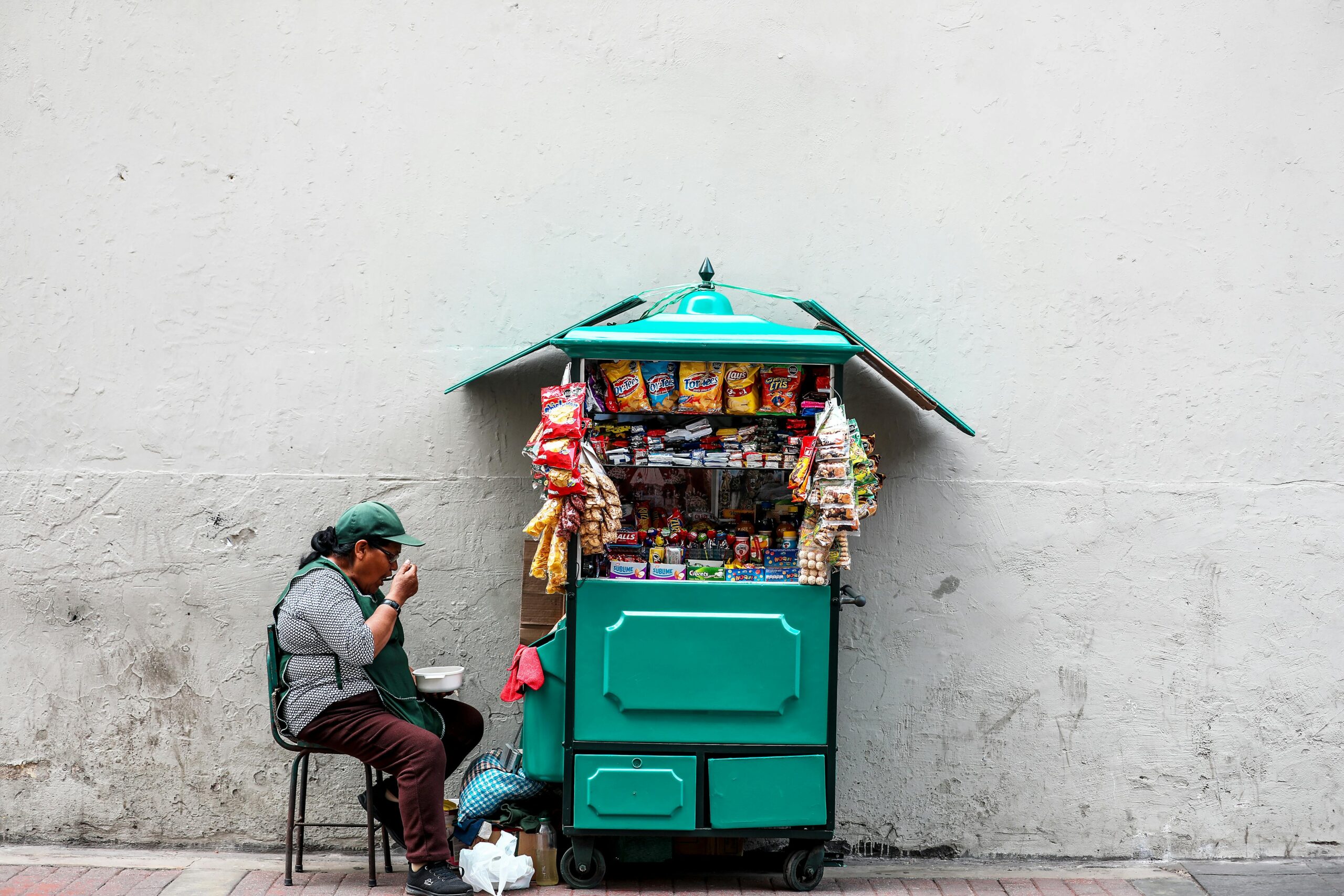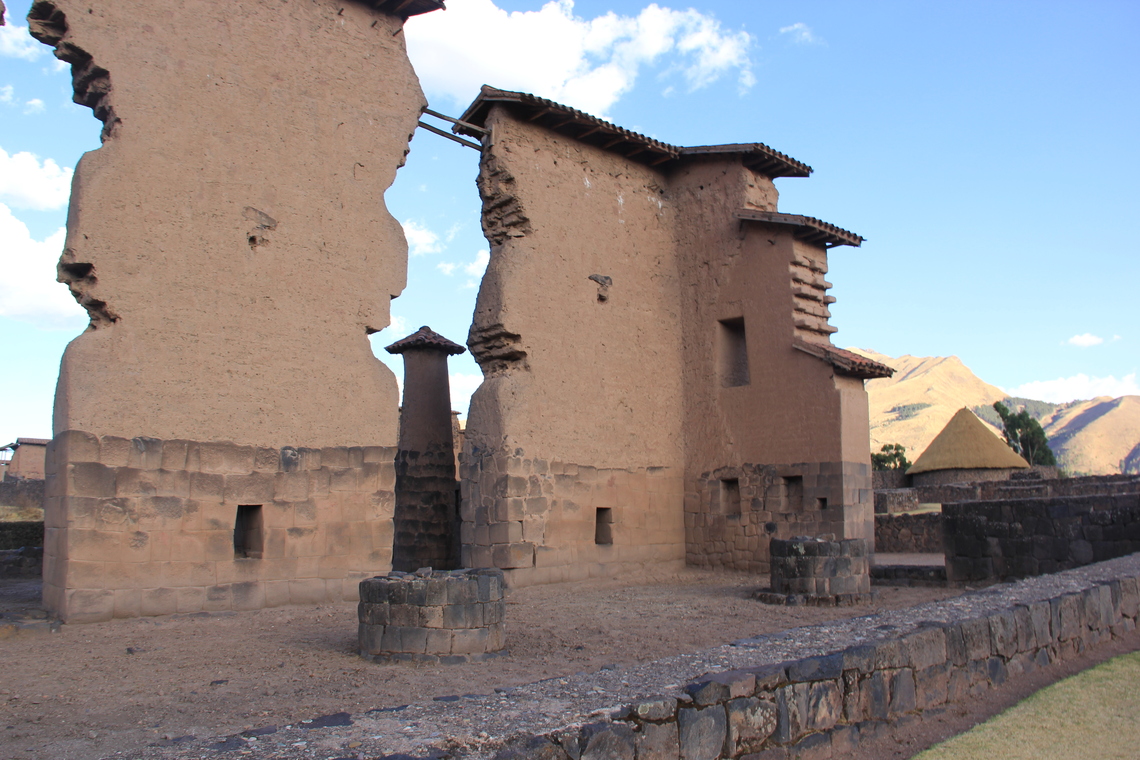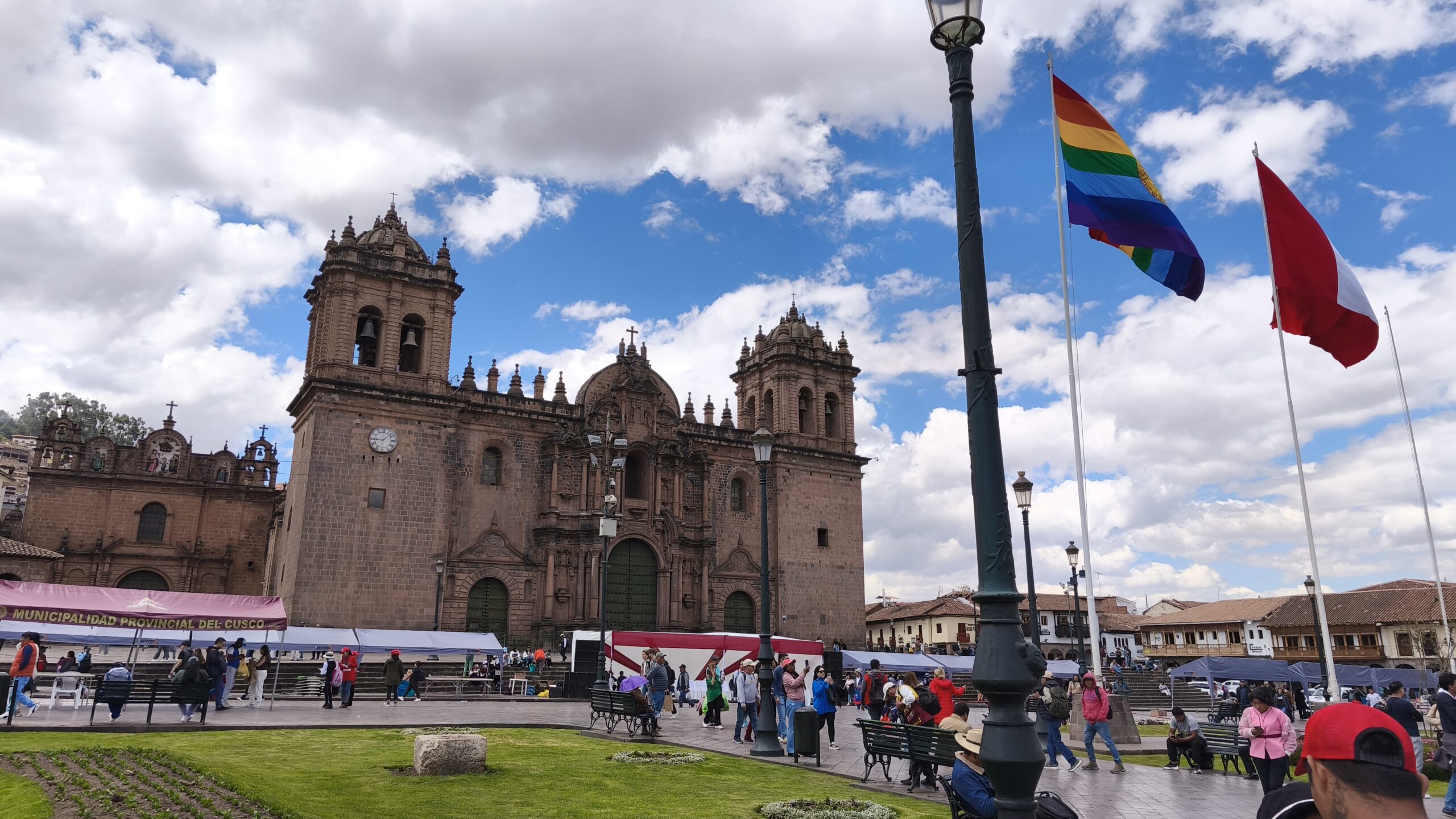Peru is a huge country, and as a tourist we tend to underestimate the distances between 2 regions. To travel well, you need to understand how transportation works within the country. Bus, plane, car, train: each option has its advantages and disadvantages. Here’s a tour of the different means of transport available in Peru. We hope it helps you build an itinerary that suits your pace and budget.
Buses: the most widespread and economical option
This is undoubtedly the preferred means of transport for travellers (especially backpackers). Peruvian buses connect virtually all the country’s major cities, and even remote villages. There’s a wide range of companies to choose from, from the cheapest to the most comfortable.
For longer distances, night buses are available with reclining seats, sometimes almost flat. Fares vary widely according to comfort level and time of year, but remain very affordable.
However, journeys can be long. For example, it takes almost 20 hours to travel by bus from Lima to Cusco. The mountain roads are sometimes winding, and it’s not uncommon to feel motion sickness if you’re sensitive to it. Nevertheless, the bus remains an excellent way to travel at low cost while admiring the scenery. What’s more, it’s the most environmentally-friendly option.
Air travel: fast but sometimes expensive and not very environmentally friendly
Peru has a good domestic air network. Regular flights connect Lima with Cusco, Arequipa, Iquitos, Juliaca, Trujillo and Puerto Maldonado. This saves precious time, especially if you’re planning a short trip.
Latam, Sky Airline and JetSmart are the main airlines operating these routes. It is often advisable to book in advance, as prices can rise rapidly as the departure date approaches.
It’s also the only way to reach certain isolated areas such as the Amazon jungle (Iquitos, for example, is only accessible by plane or boat).
On the other hand, domestic flights are not very environmentally friendly, and can sometimes be cancelled or delayed due to weather conditions. Still, it’s a good solution if you don’t want to spend 20 hours in a bus to reach an important stage of your itinerary.
Renting a car: total freedom but vigilance required
Renting a car in Peru is possible, but not the most common solution for travelers. The main roads are generally in good condition, especially on the coast and around the major cities. However, once you venture into the mountains or rural areas, road conditions can deteriorate.
Driving is sometimes chaotic, especially in towns. Right-of-way rules are often blurred, and overtaking is frequent, even on bends. This requires a great deal of adaptation and caution.
However, renting a car can be useful if you want to explore areas less served by public transport, such as the Colca Valley, off the beaten track.
Rental rates are similar to those in Europe, sometimes a little more expensive. It is imperative to take out comprehensive insurance and to read the conditions carefully, especially in the event of damage off the main roads.
Trains: for emblematic or comfortable journeys
Trains are not very well developed in Peru, but there are some spectacular lines, often used for tourist purposes. The best-known is, of course, the one linking Cusco to Aguas Calientes, at the foot of Machu Picchu. There are several options, from the most basic to the most luxurious, including PeruRail and Inca Rail.
This journey is an experience in itself, with glass carriages that allow you to enjoy the scenery of the Sacred Valley. Booking in advance is a must, especially during the high season, as places sell out fast and fares rise.
Another famous line links Cusco to Puno, on the shores of Lake Titicaca. This is one of the most beautiful panoramic trains in South America. The journey is longer (around 10h), but incredibly pleasant if you want to travel differently.
Trains in Peru are therefore reserved for very specific regions. It’s not an everyday means of transport, but a fully-fledged, often memorable experience.
Conclusion
Travelling in Peru also means choosing between comfort, time, budget and adventure. The bus remains the most versatile solution, the plane allows you to shorten long distances, the car gives you total freedom in remote areas, and the train offers an out-of-the-ordinary experience.
Whatever your itinerary, take the time to plan ahead, as the country is vast.




